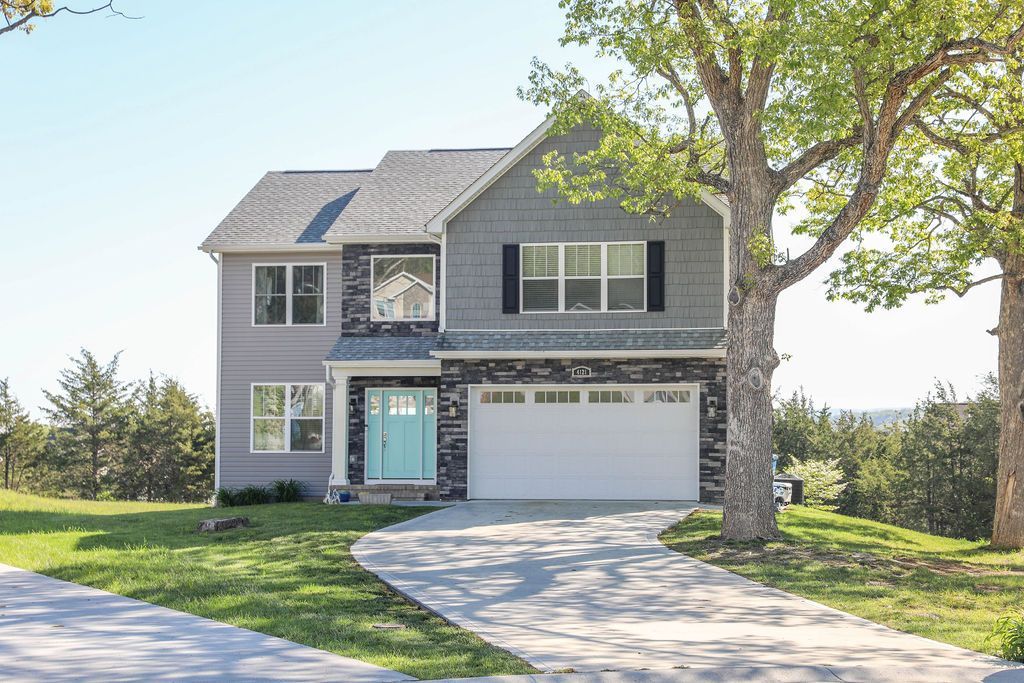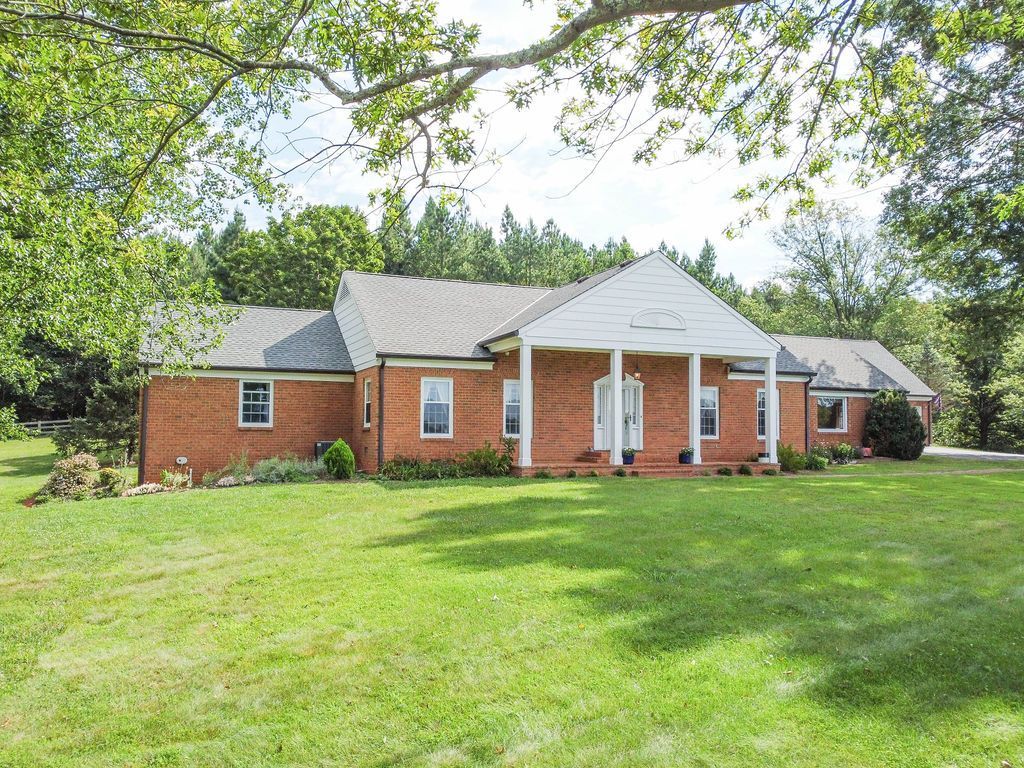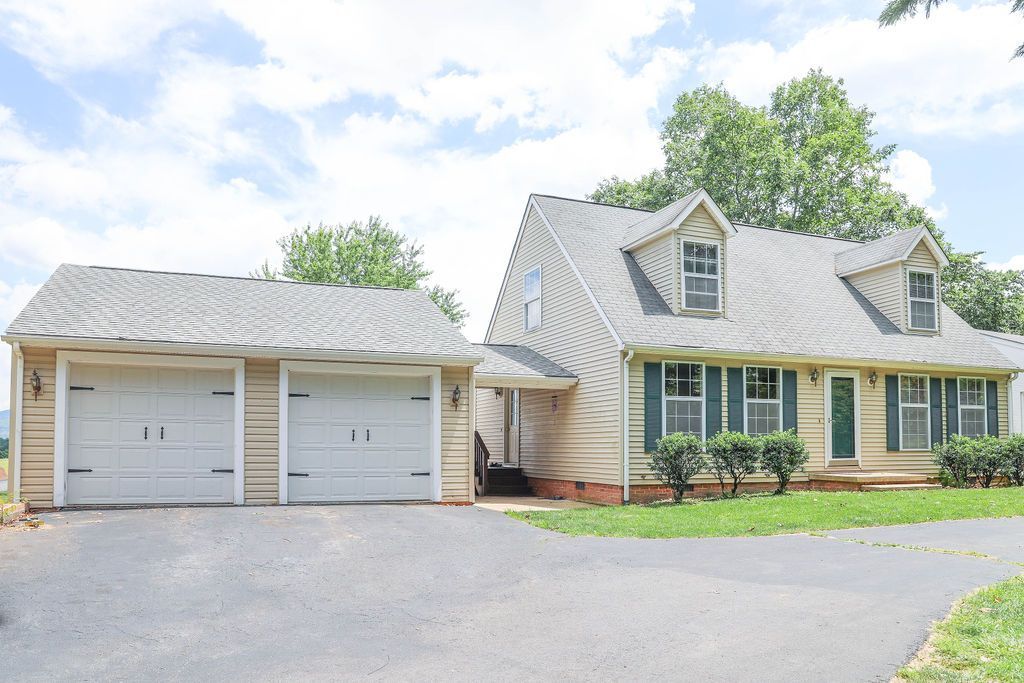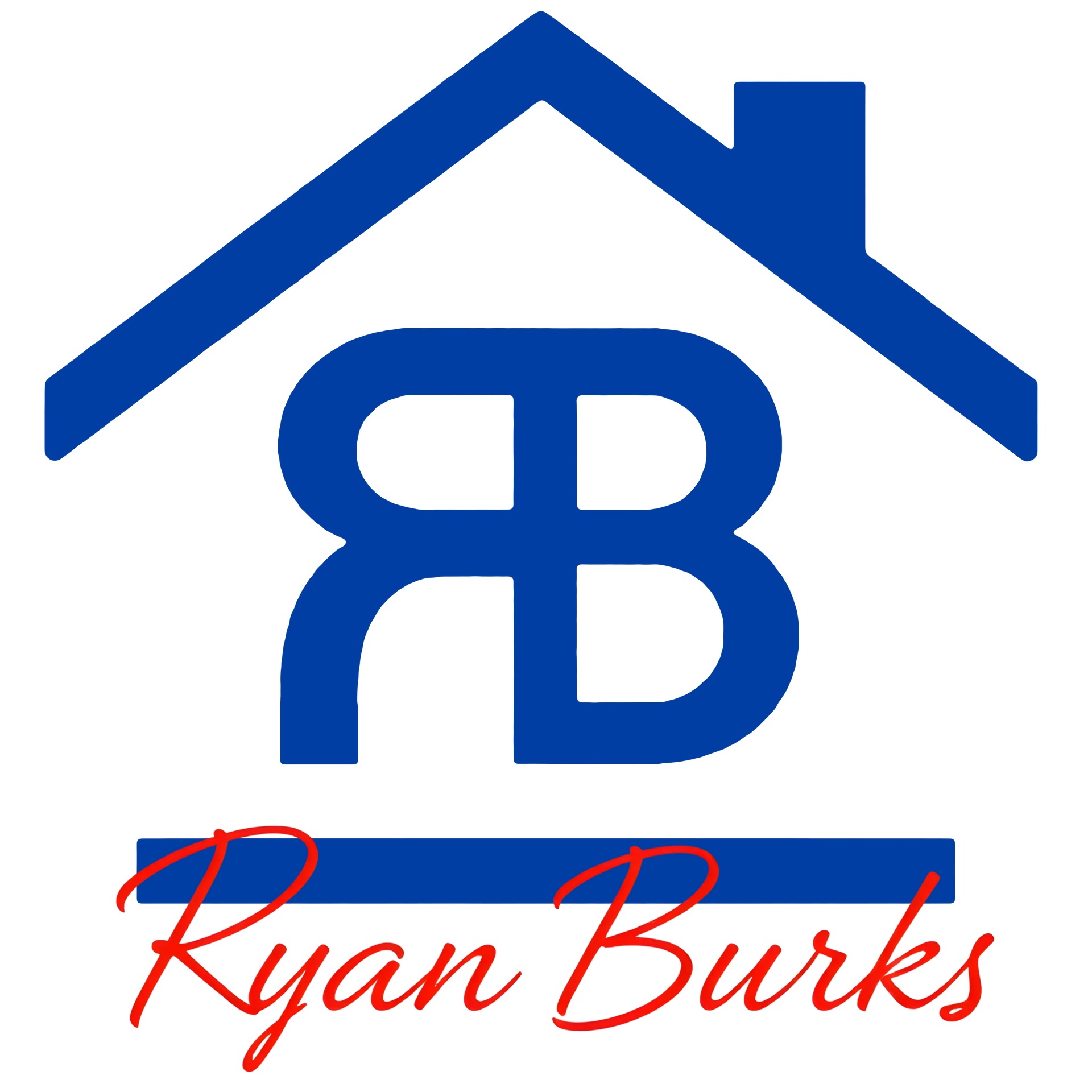What to Know Before Buying a Home in Waynesboro, VA
What to Know Before Buying a Home in Waynesboro, VA
There's a mix of small-city neighborhoods and rural lots around Waynesboro, VA, so you need to assess your priorities—commute, schools, and access to the Blue Ridge Parkway—and research local market trends, property taxes, and flood zones. You should budget for inspections, potential repairs, and know financing options like FHA or VA loans if eligible. Learn about HOA rules, resale potential, and municipal services so your purchase matches your lifestyle and long-term goals.
Types of Homes in Waynesboro, VA
Waynesboro offers a mix: historic downtown Victorians, mid-century ranches, newer subdivisions and low-rise condo complexes, with median sales typically around $200k–$350k depending on size and location. You’ll see 2–4 bedroom single-family homes on 0.1–0.5 acre lots and townhouses/condos often priced lower but with HOA fees. Commuting via I‑64 and school zones affect value and resale. This quick snapshot helps you weigh which housing style fits your budget and lifestyle.
- Single-family: yards, garages, varied ages
- Townhouses/Condos: lower maintenance, HOA
- Historic: character, possible renovations
- New builds: energy-efficient layouts, modern finishes
| Home Type | Typical Price / Feature |
|---|---|
| Single-Family | $200k–$400k; 3 BR typical; 0.1–0.5 acre lots |
| Townhouse / Condo | $150k–$260k; 2–3 BR; HOA $125–$350/mo |
| Historic Downtown | Often 1900s era; $175k–$300k; renovation potential |
| New Subdivision Builds | $250k–$400k; modern open plans; energy features |
Single-Family Homes
You'll find most single-family homes in neighborhoods like South River and near Basic Park, commonly 3 bedrooms and 1,200–2,200 sq ft; lot sizes usually 0.15–0.4 acres. Older builds from the 1920s–1960s offer character but may need updates, while homes built post‑2000 include open kitchens and basements. Factor in property taxes, utility costs for larger lots, and proximity to I‑64 if you commute.
Townhouses and Condos
Townhouses and condos concentrate near shopping corridors and offer lower entry prices—often $150k–$260k for 900–1,600 sq ft units—with monthly HOA fees typically $125–$350 covering exterior maintenance and common areas. You’ll trade private yard space for lower upkeep and sometimes assigned parking; rental rules and special assessments can affect long‑term cost and resale, so review association documents before you buy.
HOA details matter: many Waynesboro condo associations include water, lawn care and exterior insurance, while townhome associations sometimes limit rentals or require owner occupancy percentages. You should request recent meeting minutes, reserve fund statements and enforcement policies—these documents reveal upcoming projects or assessments that could add $500–$3,000 in short‑term costs and influence your decision.
Key Factors to Consider
Evaluate property taxes, school ratings, commute times, resale potential, and floodplain exposure; Waynesboro's median listing price is roughly $300,000 and I‑64 provides about 20–30 minute access to Charlottesville and 10–15 minutes to Staunton. Factor HOA fees, inspection scopes, and utility hookups into your budget. Assume that seasonal demand from buyers seeking mountain access can compress inventory and push prices during spring and summer.
- Taxes and school boundaries — compare Waynesboro City rates and school zones before you bid.
- Commute and regional access — test drive your route to Charlottesville, Staunton, and I‑64 during peak hours.
- Home condition & repairs — older Victorians and colonials often need HVAC, roof, or foundation updates; budget accordingly.
- Floodplain and insurance — verify FEMA maps and get insurance quotes for properties near the South River.
- Resale and comps — check sold prices within six months in your target neighborhood to gauge value.
- Assume that inspection contingencies, appraisal gaps, and closing timelines will shape your final offer strategy.
Location and Neighborhood
Downtown Waynesboro offers walkable restaurants, breweries, and a weekly market, while neighborhoods near the Blue Ridge Parkway and Shenandoah give quick outdoor access but longer commutes to Charlottesville; you should prioritize proximity to schools, grocery stores, and your workplace and drive your potential commute at rush hour before committing.
Market Trends and Appreciation
You should watch for moderate, steady appreciation—often low single digits annually—driven by limited inventory and demand from buyers relocating from Charlottesville or seeking mountain access; seasonal inventory swings can trigger multiple-offer scenarios in spring.
Track months of inventory (often below three in busy seasons), median days on market (commonly under 30 during peaks), and year-over-year median price changes; you should pull sold comps from the last six months within a mile and discuss cash vs. financed sale ratios with your agent to anticipate appraisal and negotiation risks.
Tips for First-Time Buyers
Get pre-approval fast—lenders often turn one around in 48–72 hours; plan 3.5–20% for a down payment (FHA 3.5%, conventional 5–20%) and 2–5% for closing costs. Factor commute times—Waynesboro to Charlottesville ~30 minutes—and recurring costs like property tax and insurance.
- Secure pre-approval before house hunting
- Budget $300–$600 for inspection and allow $1,000–5,000 for immediate repairs
- Track recent sale prices in your target neighborhood
Budgeting and Financial Readiness
Set a clear budget: aim for debt-to-income below 43% (better under 36%), target a 620+ credit score for conventional loans or 580+ for FHA, and hold 3–6 months of reserves. Expect closing costs of 2–5% and get a Loan Estimate within 48–72 hours to compare APRs. Explore Virginia Housing (VHDA) down-payment assistance and first-time buyer programs to reduce upfront cash need.
Working with Local Real Estate Agents
Request an agent’s Waynesboro sales history for the past 12 months and three local references; verify MLS access and knowledge of Augusta County zoning, school boundaries, and I‑64 commute routes. Confirm typical commission (5–6% total) is documented and ask for a buyer-broker agreement that spells out duties, showing availability, and negotiation approach.
Insist the agent delivers a comparative market analysis (CMA) within 48–72 hours with three comps within a mile and 90 days, plus list-to-sale ratios. Ask about relationships with local lenders, inspectors, and attorneys to accelerate a 30–45 day close, and require written timelines for inspections, earnest-money deadlines, and contingency removals.
Step-by-Step Home Buying Process
| Step | Action |
|---|---|
| 1. Pre-Approval | Gather W-2s, pay stubs, bank statements; get a pre-approval letter showing your max loan and rate estimate (valid ~60–90 days). |
| 2. House Hunting | Work with a local agent to target Waynesboro neighborhoods, schools, commute times, and property types within your budget. |
| 3. Make an Offer | Submit contract with earnest money (commonly 1–2%); include contingencies for inspection and appraisal as needed. |
| 4. Under Contract | Schedule inspections, order appraisal, clear lender conditions, and negotiate repairs or credits based on inspection results. |
| 5. Closing | Finalize loan, sign documents at settlement attorney’s office (Virginia norm), wire closing funds, receive keys; typical closing timeline 30–45 days. |
Pre-Approval for a Mortgage
Get a written pre-approval from a lender before touring homes: lenders verify income, employment, credit, and assets to give you a loan amount and estimated rate. You’ll know which loan programs you qualify for—conventional, FHA, or VA—and whether your debt-to-income ratio meets the lender’s threshold (many conventional lenders look for DTI under ~43%). A strong pre-approval makes your offer more competitive in Waynesboro’s market.
Home Inspections and Closing
Schedule a general home inspection within the agreed inspection period; expect fees around $300–$500 and consider specialized tests for radon, septic, or wells if applicable. Use the inspection report to request repairs or credits, and keep your appraisal contingency active so the deal can be renegotiated if the home appraises low.
Arrange a licensed inspector who checks roofing, systems, foundation, and HVAC; add a radon test (EPA action level 4.0 pCi/L) and wood‑destroying insect report common in Virginia. If major defects appear, negotiate fixes, price reduction, or an escrow holdback; your lender’s appraisal must support the purchase price or you’ll need to cover the difference in cash. Closing usually involves a settlement attorney in Virginia, a final walk‑through, signing the closing disclosure, and wiring verified funds to complete the transfer.
Pros and Cons of Buying in Waynesboro
| Pros | Cons |
|---|---|
| Lower median home prices (around $300,000), giving you more buying power | Smaller local job market; you may need to commute to larger employers |
| Immediate access to Shenandoah National Park and Blue Ridge Parkway for outdoor recreation | Seasonal tourist traffic near Skyline Drive can cause congestion on weekends |
| Short drives to Charlottesville and Staunton for cultural, medical, and retail options | Fewer upscale dining, entertainment, and specialty retail choices locally |
| Compact neighborhoods and community events that help you connect quickly | Some neighborhoods have aging infrastructure or homes needing renovations |
| Generally lower property taxes and cost of living than nearby metro areas | Limited public transit; owning a car is typically necessary |
| Growing buyer interest in the Shenandoah Valley supports long-term appreciation | Smaller school district with fewer specialized programs than larger counties |
Advantages of Living in Waynesboro
With roughly 22,000 residents, you get a small-city vibe and lower housing costs—median single-family prices hover near $300,000—while staying within a 30–40 minute drive of Charlottesville and Staunton for specialized services. You’ll benefit from direct access to Shenandoah National Park for hiking and weekend escapes, active local festivals, and neighborhoods where meeting neighbors feels natural, which can help first-time buyers build community ties quickly.
Potential Drawbacks
You may face longer daily commutes if your job is in Charlottesville, Richmond, or northern markets, and limited local transit means a car is almost necessary. Expect fewer high-end retail and entertainment options than in nearby college towns, and some neighborhoods include older homes that require updates, which affects your renovation budget and timeline.
Digging deeper, many resale properties in Waynesboro were built before 1980 and commonly need HVAC, roof, or electrical upgrades; inspections often reveal knob-and-tube wiring or lead paint in older stock, so budget $10,000–$40,000 for typical mid-range renovations. Floodplain pockets near the South River exist—check FEMA maps and local elevation data—and verify school program offerings if specialty education is a priority, since the small district has limited magnet or IB options.
Resources for Home Buyers
Tap into Virginia Housing programs, HUD-approved housing counselors, and the City of Waynesboro tax office to verify property histories and tax assessments. Use local lender programs for preapproval, and attend a single-session homebuyer class—many run for 4–6 hours and can unlock down payment assistance or reduced-interest loans. These resources help you align financing options with neighborhood choices and inspection priorities.
Local Support Services
Seek a HUD-approved counselor for one-on-one budgeting and foreclosure-prevention advice, contact local real estate agents for MLS access and neighborhood comps, and hire licensed inspectors—standard inspections run $300–500. Use Waynesboro city planning or building departments to check permit history, and explore nonprofit programs that offer homebuyer education or rehab grants tailored to first-time buyers.
Online Tools and Listings
Use Realtor.com, Zillow, and Redfin alongside your agent’s MLS to compare listings; MLS feeds update fastest and show days on market (DOM) and price history. Pull county GIS maps and the assessor’s site to confirm lot lines, easements, and recent sale prices. Combine Walk Score, GreatSchools, and local crime maps to evaluate commute times and school zones before touring homes.
Set alerts with tight filters—price range, DOM under 30 days, beds/baths, and school district—and track price drops and time on market. Review the listing’s price history and comparable sales within 6 months; multiple price reductions or DOM above 60 often signal negotiating leverage. Cross-reference FEMA flood maps and the assessor’s sale history to avoid surprises at inspection or appraisal.
To wrap up
With these considerations you can confidently approach buying in Waynesboro, VA: assess local market trends, budget for inspections and closing costs, work with an agent who knows neighborhoods and schools, verify property taxes, HOA rules, flood zones and commute times, and secure preapproval to strengthen offers; weigh resale potential and maintenance needs so your purchase fits both your lifestyle and long-term investment goals.




